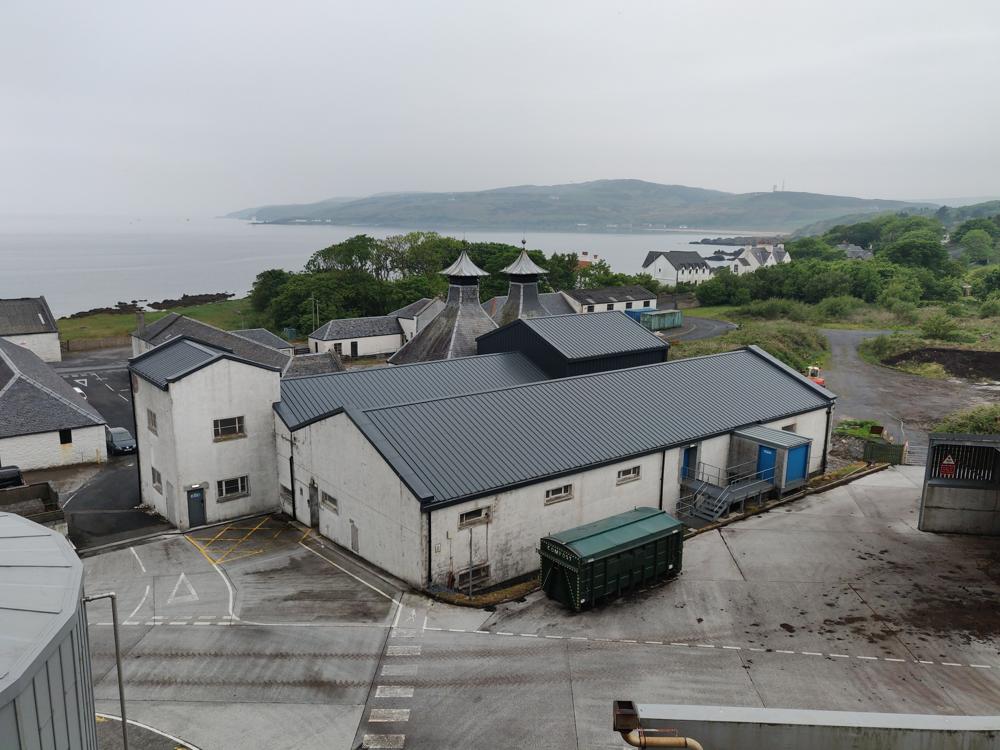TLDR
Lost Diageo 11
In the backdrop of a crisis of falling demand and over-production during the 1980s a huge supply surplus sometiomes known as the Whisky Loch developed. With no obvious end in sight the consequence was inevitably the loss of distilleries. While this was in no way limited to those owned by Distillers Company Limited (DCL) as the largest played in the space their consolidation was the most obvious loss of jobs and distilleries. By the end of the 1980's they had closed elevent distilleries.The Long Read
Published July 27, 2020

The Whisky Loch
The history of the Scotch whisky industry, like any others under capitalism is one subject to periods of boom and bust. The 1820s saw a glut of whisky result in a wealth of distilleries halting for years, amalgamated or being lost entirely, it was in this backdrop that the famed Kennetpans Distillery was lost in 1825. By the 1840s the boom had come again and would last for the next few decades, a further slowdown and subsequent boom ended with the Pattison whisky crisis. The late 1970s and early 1980s saw crisis come again. Many distilleries had been running at short time since at least 1981 in order to maintain full employment but with no obvious end in site the axe fell.
A completely different market
Given the cult like status of Brora, Port Ellen or even St Magdelene’s its hard not to wonder why these distilleries were picked for the chopping block. In fact a wealth of considerations determined which eleven distilleries were to close, these ranged from water shortages, difficulty in upgrading or scaling sites, production and transport costs and even the recency with which neighbourhood sites had been overhauled. In truth though the single largest factor in the mix was the blended marketplace. The malts that enthusiasts chase today were not known at the time, were seldom sought out and the future market had not yet been understood. Perhaps the best example of this is Diageo’s Rare Malts range, recommending that the drinker “measure one part whisky to two parts still water at room temperature”, try this in any single malt bar today and you’ll find a roomful of eyes turn to watch in alarm.
Malting for blends
Even today the malt market makes up at best a tenth of the global market, a trend that’s unlikely to change for some time. When producing a blend a blender might combine anywhere between 2 and 50 different malt styles, which means either a blender needs to own sufficient distilleries, or at least be able to access the output of sufficient distilleries in order to scale up production of a blend as it’s popularity grew. It was this market that allowed countless distilleries, many producing similar styles to remain open. When the decision came to start producing at much larger scale sites for blending, such as Caol Ila, the consequence was less reliance on smaller distilleries such as Brora for the same style. It’s for this reason that red flags started to go go up when Diageo opened their new ‘Death Star distillery’* Roseisle. Although for the moment these fears proved erroneous it’s not impossible that further consolidation could result in further losses of those distilleries that have as yet failed to secure a place in the single malt market.
A New hope
On a more happy note not all of these distilleries remained shut indefinitely, Benromach and Knockdhu were acquired and revived and at least a few more look to be set to resume production. The growth of the malt market does make it less likely that favourite staples will fall silent or be subject to the type of closures of the past, as does the highly automated nature of some of the sites. It’s also brought another benefit, the secondary market has seen bottles from silent distilleries appeal to all three buyer types: the drinker, the collector, and the investor. In this backdrop Brora and Port Ellen are both pending reconstruction and should be producing within the next few years. Obviously the spirit won’t be the exact same stuff we’ve all come to love, but the legacy continues a little longer.

*Yes I’m going to refer to Roseisle as the ‘Deathstar distillery’ whenever I can. Frankly why would you not? **I am aware that more than 11 distilleries were closed by SMD/DCL but this article specifically refers to this single wave. If you want to pull something together on subsequent closures I’m happy to take contributions
Previous
Next

